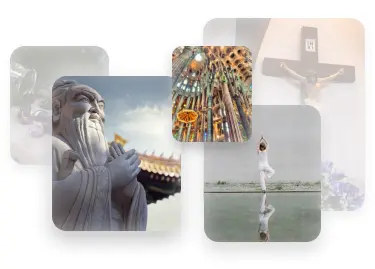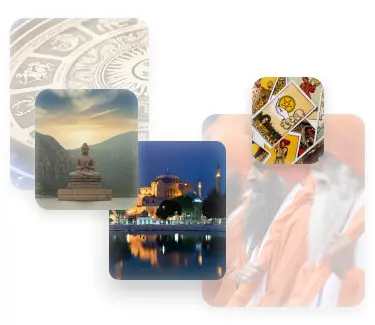Currently, the Tarot is quite popular, which is confirmed by a large number of schools and directions offering to study this tool. However, they all develop on the basis of one of the four basic Tarot schools, the founders of which were such famous figures as Dr. Papus (Gerard Encausse), Aleister Crowley, Arthur Edward White and Valentin Tomberg, who described playing cards XV-XVI in the form of the Marseille Tarot.
The meanings of Tarot cards in these schools are somewhat different, so it is important to choose one system and study them at least one at a time, without mixing styles and genres. In order not to get confused in the variety of decks and directions, it is important to know their main distinguishing features. This is described in detail in the article Analysis of the four basic Tarot schools https://isset.ru/library/taro/analiz_chetyrekh_bazovykh_shkol_taro/
An interesting fact is the presentation of the Tarot deck to King Charles VI. With this clever move of the appearance of Tarot cards at court as an entertaining game, the spiritual descendants of the Templars legalized the Tarot and protected their associates from the dangerous attention of the Inquisition. If you compare a deck of Tarot cards with poker playing cards with a knowledgeable eye, then you can determine the common general principles by which the decks are organized.
The deck contains 4 suits (scepters – clubs, cups – hearts, swords – spades, pentacles – diamonds), cards from two to ten, aces and three court cards-pictures: Jack (Knight), Queen, King. At the same time, the Pages are removed from the deck altogether, and all the senior Arcana, except for the Jester, fit entirely into the second Joker.
Tarot cards, according to fortune-tellers, help to find answers to questions: what specific life task this situation poses in front of me, how and in what way it is better to solve it; what is my responsibility in the situation; what is subject to change, and what needs to be accepted, like the weather. Tarot answers both everyday questions – related to choice, search, promotion at work, relationships with other people, and esoteric ones – should I have a relationship with this person, choose this profession or move to another country. With the help of Tarot cards, fortune-tellers are looking for a guiding roadmap in any life situation.
Despite the fact that psychology does not officially recognize esotericism as a science, some psychologists may use Tarot cards as a tool in their practice.
Tarot cards and their occult uses are an interesting phenomenon that has earned attention from historians, esoteric researchers and enthusiasts.



 RU
RU
